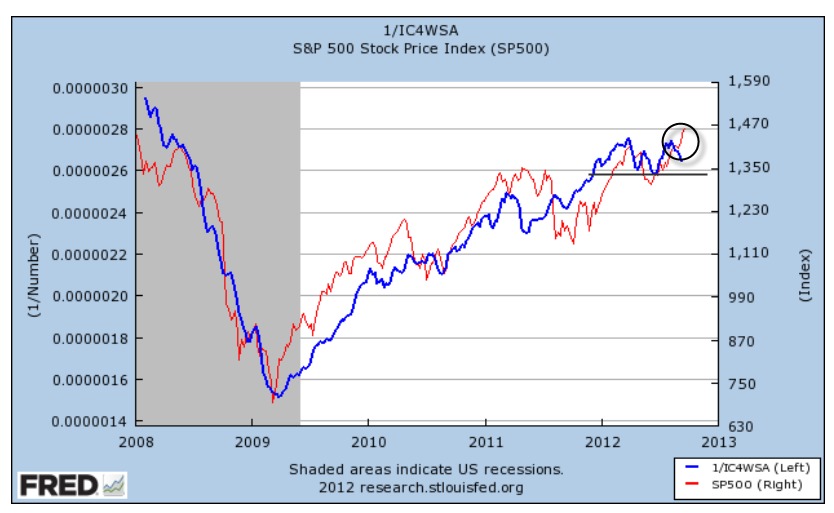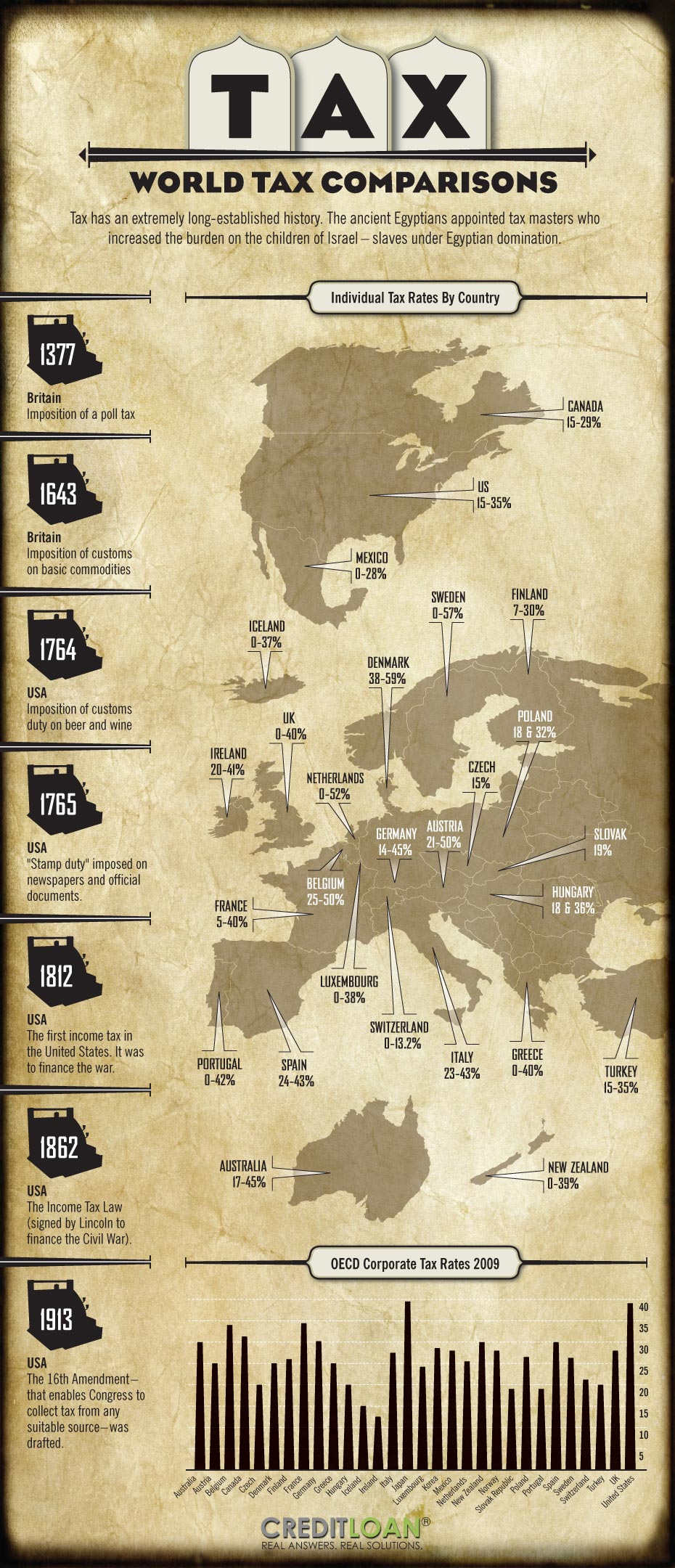In recent years, smart beta strategies have attracted a sizable following among investors seeking more diversification, better returns and low fees in an uncertain economic climate.
Consider that there are now more than 450 US-listed smart beta products, with a collective $510 billion in assets, according to investment research firm Morningstar.
Unfortunately, smart beta is one of those financial concepts that’s widely used but sometimes thinly understood.

Beta Unbound
First off, let’s define what we mean by beta. This is a volatility measure of an investment relative to the overall market’s performance.
For example, the S&P 500 Index is widely considered a proxy for the US stock market. If an individual stock or fund moves perfectly in tandem with this benchmark, it is said to have a beta of 1.
In general, a higher beta means higher risk.
Smarter Beta
Smart beta investments seek to outperform the overall market and minimize risk.
They do so by altering the underlying composition of investments that populate benchmark indexes, exchange-traded products, open-end funds, and other investment products that track the overall market.
Many benchmark indices, and the ETFs that mirror them, are typically market-capitalization weighted.
Gravitational Pull
Consider the S&P 500 again. A large-cap stock like Apple (AAPL) has a far bigger weighting than a smaller-cap company such as AutoNation (AN).
Some argue that this approach of blindly weighting companies solely according to their market value is a recipe for sub-optimal returns.
In other words, there’s a risk of overweighting overvalued stocks and underweighting undervalued ones.
Rebalancing
Smart beta products use alternative, and clearly defined, weighting rules based on factors, or variables, such as volatility, cash flow, dividends and other metrics in the pursuit of a better risk and return trade-off.
Such products are rebalanced on a regular basis to better meet the smart beta investing goals set by the portfolio manager. The relatively higher turnover, however, does have associated commissions and tax implications that need to be considered.
Smart beta strategies may be attractive to investors seeking greater factor diversification and investment calibration compared to traditional passive investment products, but without the higher fees that come with an actively-managed fund.
Photo Credit: Tim Green via Flickr Creative Commons


